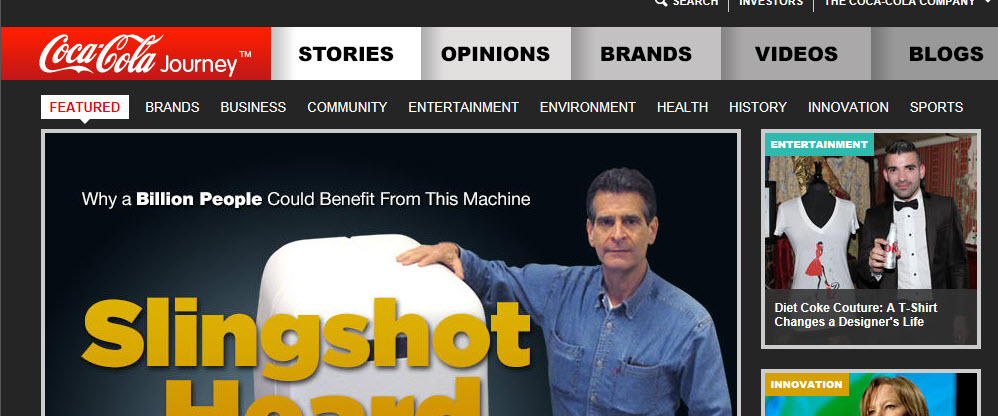Social Media… the new marketing selfie.
Many marketers using social media today are underperforming. One of the problems is that the programs are run by interns and tyro marketers – those recently out of school with dexterous fingers and, maybe, a marketing degree. More likely, a political science degree. People at keyboards without an in depth understanding of selling or buying. The second problem is the posts, tweets and promotional ideas are way too random. That is, not governed by an “organizing principle, anchored to an idea,” aka brand strategy.
Random social media programs can and have worked. Toss enough out there and positive increments will happen. But marketing is not R&D. You can’t just spill some chemicals and invent Post-It Notes. Just as good branding requires planning, execution and sticktoitiveness, so does social media marketing.
No one loves the potential value of social media as do I. But today, social is to marketing what the selfie is to mobile phones. A picture of oneself, with little value to others. Peace.





